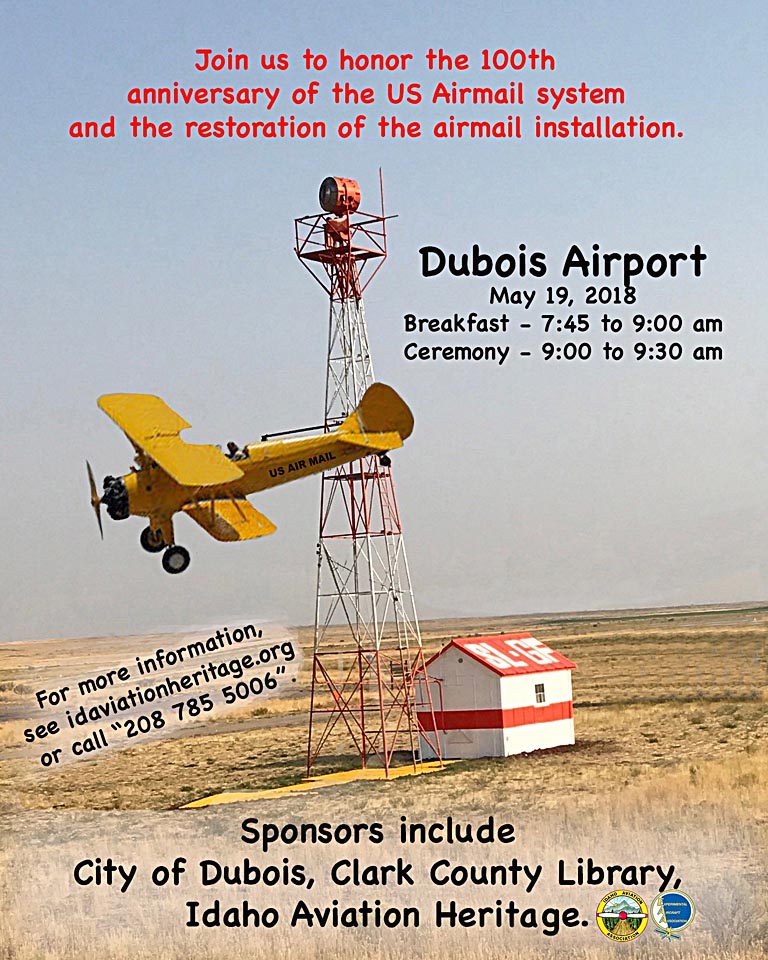


I have prepared special scenery with flashing beacons and concrete arrows spreaded alongside Green #3 US Airmail route from San Francisco to New York. To this day the remains of these big concrete arrows are still present in the terrain.
TRANSCONTINENTAL AIRMAIL ARROWS CODE
These course lights flash a Morse code letter identifying the beacon to the pilot. Just below the white beacon, a set of red course lights point along each airway route. In clear weather they could be seen for 40 miles (64 km). The rotating beacon was spinning at 6 rpm, creating a quick flash every 10 seconds. These airway beacons are said to have been visible from a distance of 10 miles high. Painted in bright yellow, they were each built alongside a 50 foot tall tower with a rotating gas-powered light and a little rest house for the folks that maintained the generators and lights. In 1924, the federal government funded enormous 70 foot long concrete arrows to be built every 10 miles or so along established airmail routes to help the pilots trace their way across America in bad weather conditions and particularly at night, which was a more efficient time to fly. Army began installing rotating beacons along the coast-to-coast route to assist navigation at night. The only quicker alternative was to fly at night. Postal Service, operator of those early planes in the 1920s, was under pressure to increase the speed of mail delivery. Theirs was a simple "fly by sight" system. In those days, pilots were forced to truly fly by the seat of their pants, lacking radar and most of today's sophisticated navigation technology.

But a lesser-known key travel event took place over Utah in the early 1920s when the first airmail planes crossed the continent. Prague Kbely (LKKB) - Bratislava (LZIB)Ĭompletion of the transcontinental railroad in Utah in 1869 was a milestone in the state's transportation legacy. This is continuation of the US airmail beacon scenery.


 0 kommentar(er)
0 kommentar(er)
